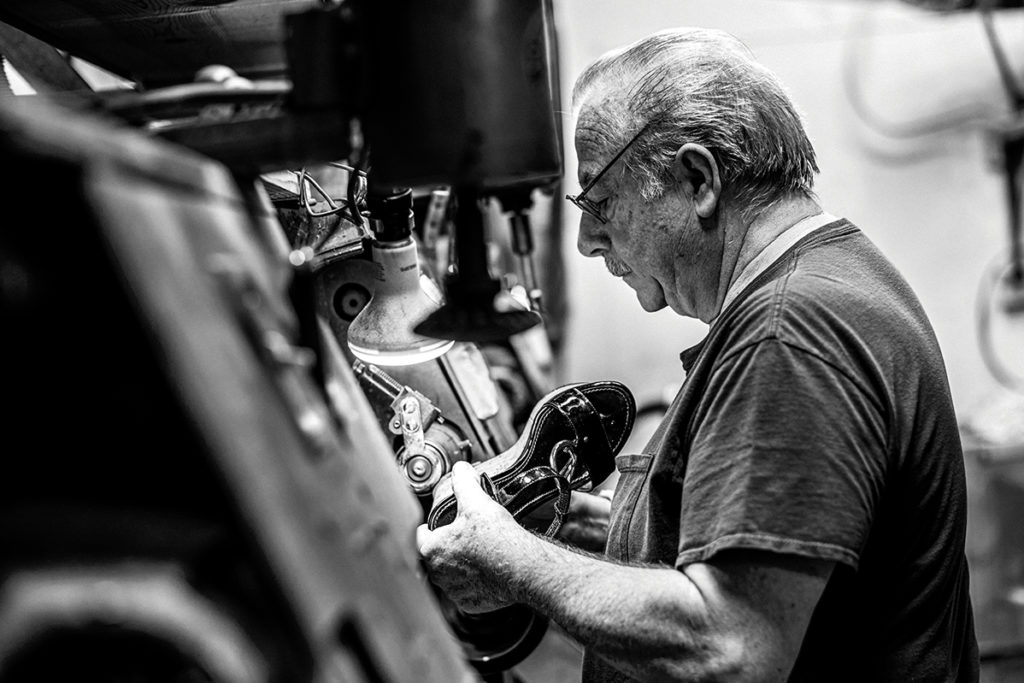Southwest Florida is a unique place to run a shoe repair shop. The glue that holds most of our sandals, loafers and heels together will melt and come apart in humid climates, and synthetic materials like faux leather or rubber can dry rot in the heat.
Those are just two of the dozens of issues Silvio Palomba, Naples’ go-to shoe repairman, can fix—and his results are so good, he has customers in the Midwest and New York shipping him boxes of shoes while they’re away. “They don’t trust anyone else,” Michael Palomba, Silvio’s son, says. Naples’ high-end retailers don’t, either: Saks Fifth Avenue, Marissa Collections, Gucci and Louis Vuitton all have standing accounts with Silvio’s.
How did the Palomba family become Naples’ couture cobblers? It’s a classically American, self-made success story: Silvio picked up the trade from his father-in-law in Boston nearly 50 years ago. His one-person business began there, and in 1980 he migrated south to Naples, where he raised his family (including five children) and set up shop on U.S. 41. That downtown locale was home to Silvio’s Shoe Repair for 40 years until 2020, when a bank development forced him out; the shop is now located on 10th Street North.
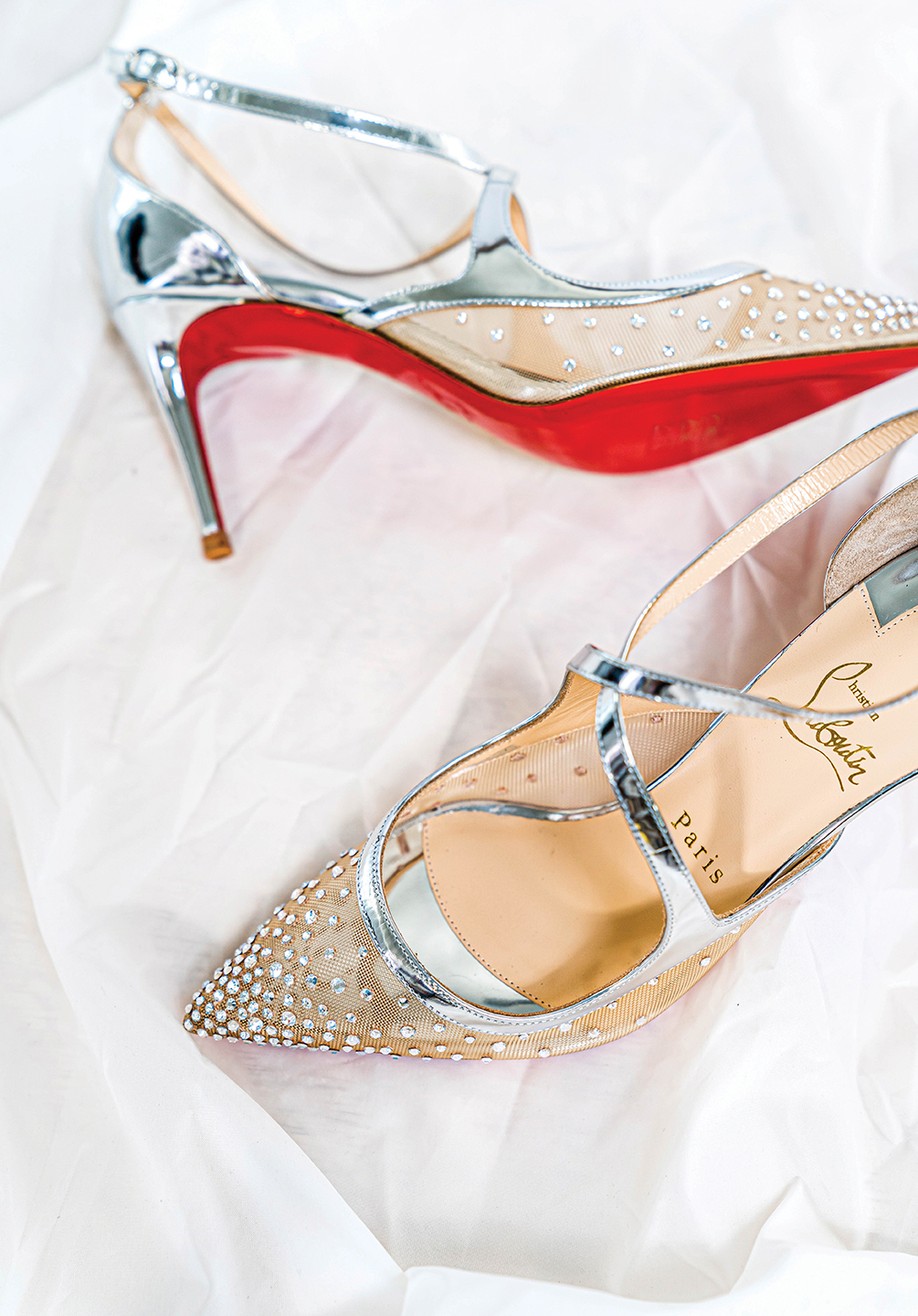
On any given day, a few hundred pairs of shoes line the walls in various stages of repair: Some need simple fixes, like a new sole, while others will be stretched, tailored or rebuilt to accommodate a customer’s specific needs. The quantity is a testament to the shop’s sterling reputation: “We’ve never paid for advertising,” Michael says. “It’s always been word-of-mouth. Then the stores started bringing him work, and their customers would keep coming back, and they all told their friends: ‘Go to Silvio’s.’”
After years of running the business by himself, Silvio now has an entire staff made up of family and friends. Michael and his sister, Elena, both work for their dad full-time. Michael is a jack-of-all-trades, alternating between doing repairs on the shop’s vintage machines and working up front with customers. Elena is typically at the registers taking new orders, but she’s also the final word on quality control, inspecting every item before it goes back to the customer. “I drive the guys crazy,” she admits. “I’ll send them back 15 times until they’re perfect.”
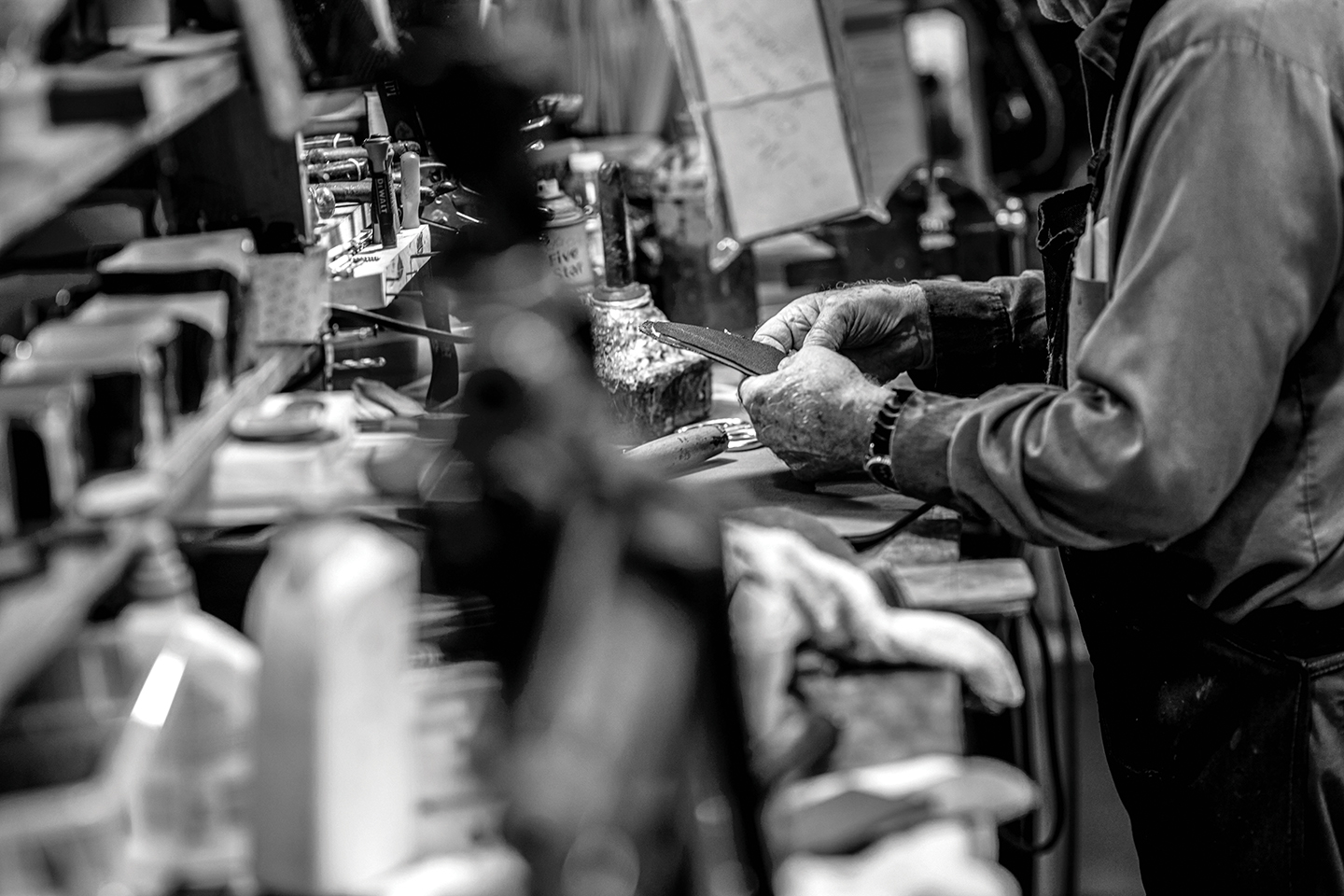
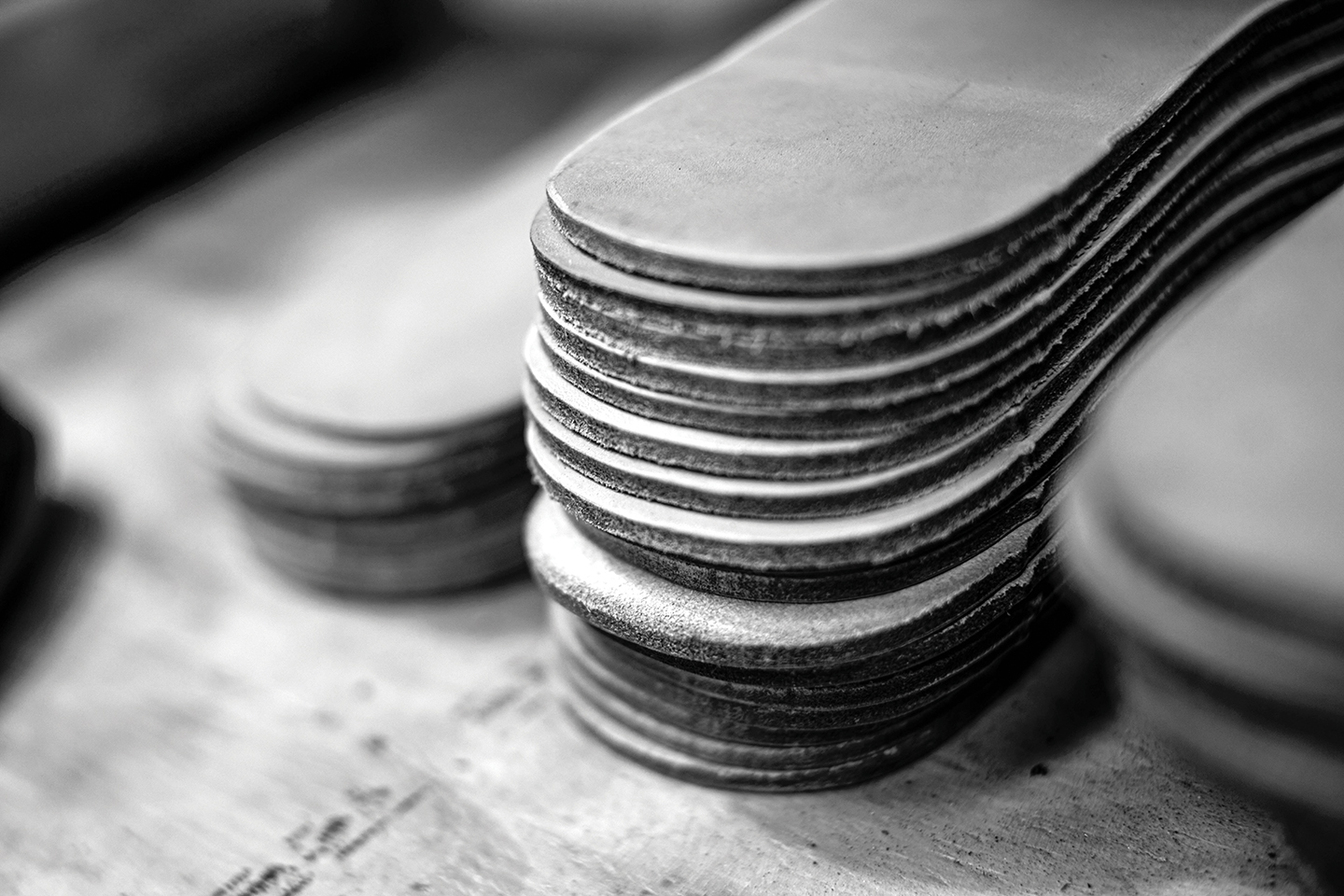
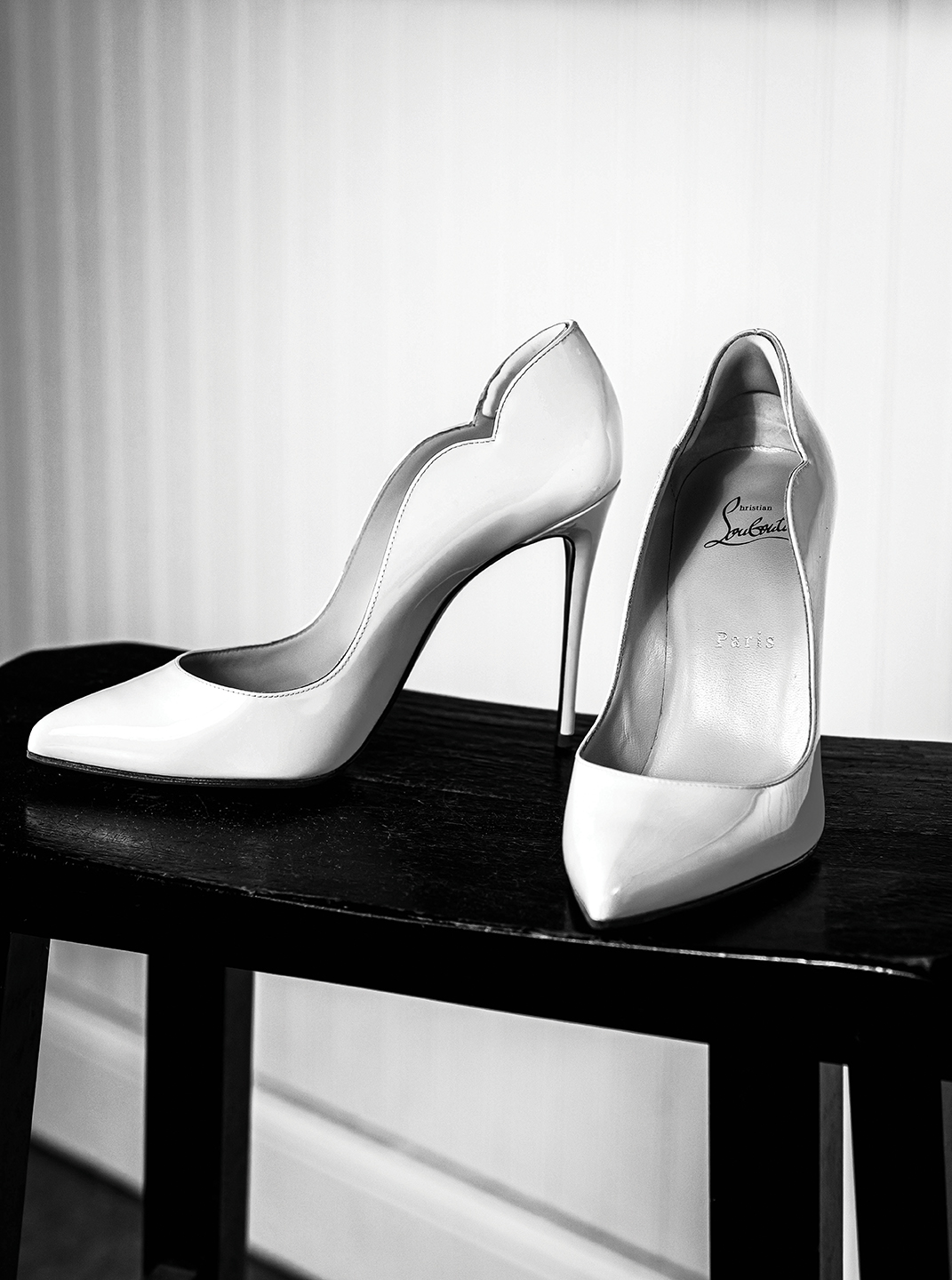
Those perfect pairs might be Christian Louboutin stilettos that Michael has resoled and repainted in the brand’s exact shade of glossy red, Gucci loafers with brand-new footbeds or some Prada heels that were lowered by a quarter inch. (On the flip side, Silvio’s can add a half-inch to men’s dress shoes to give them a tiny boost.) The items that come through the shop often tell a canny story about what’s trending in fashion: Elena mentions a sudden influx of Amina Muaddi’s bell-bottom heels, which customers are bringing in for weatherproofing and protective sole guards. “Square toes are huge right now, too,” she adds.
They’ve noticed differences in customers’ expectations when it comes to comfort and function, as well: While the team often lowers heels, Elena can’t recall a single recent customer who’s asked for more height. It reflects the broader shift away from spindly, accident-prone stilettos in favor of block heels and more walkable styles. Similarly, Michael recalls a recent challenge a client brought him: “She asked us to turn her Fendi clutch into a crossbody bag. It didn’t make sense at first, but we did a lot of brainstorming and added some little D-rings and loops. It actually turned out awesome.”
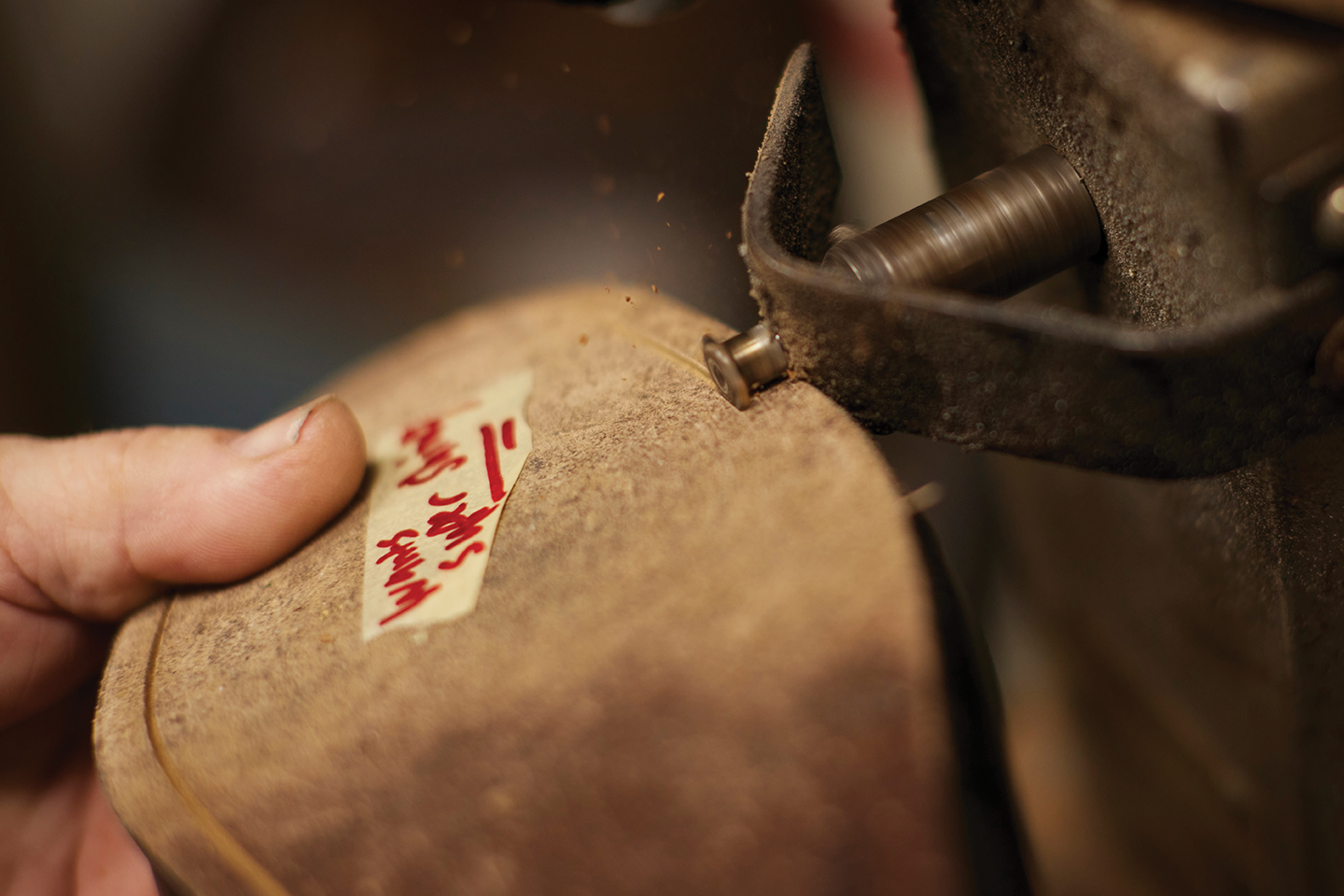
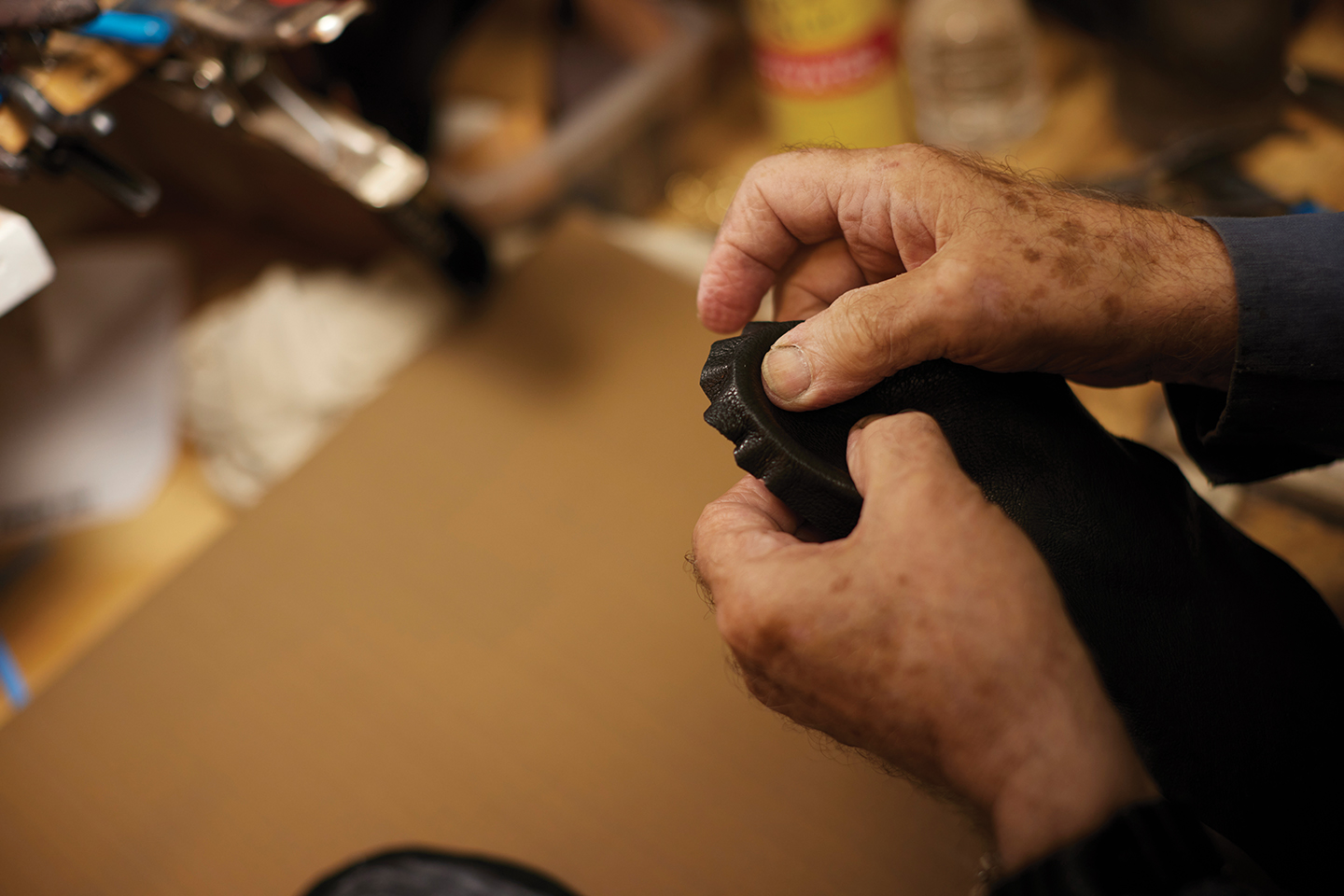
Repairing—or in the case of the Fendi clutch, reimagining—your shoes and accessories aligns neatly with fashion’s push to consume less and invest in timeless, high-quality pieces. Instead of throwing out your favorite Chanel heels and buying a new pair when the soles wear out, why not take care of the originals—and be gentler on the planet in the process? (If you’ve wondered if a shoe is recyclable or biodegradable, the answer is no.) With the expertise and ingenuity of Silvio’s, a quality shoe could last for years.
But there’s a catch: Just as fashion is embracing a “buy less, buy better” mentality, many of the shoes on today’s market are, in fact, not better. “My dad always says the biggest change he’s seen is that everything is getting cheaper,” Michael says. “There never used to be synthetic materials in luxury shoes, and now there’s synthetic leather, synthetic rubber … Designer brands that used to be really good are losing their quality. There’s a men’s shoe brand with metal buckles that look really fancy, but they all break because they’re actually cheap.”
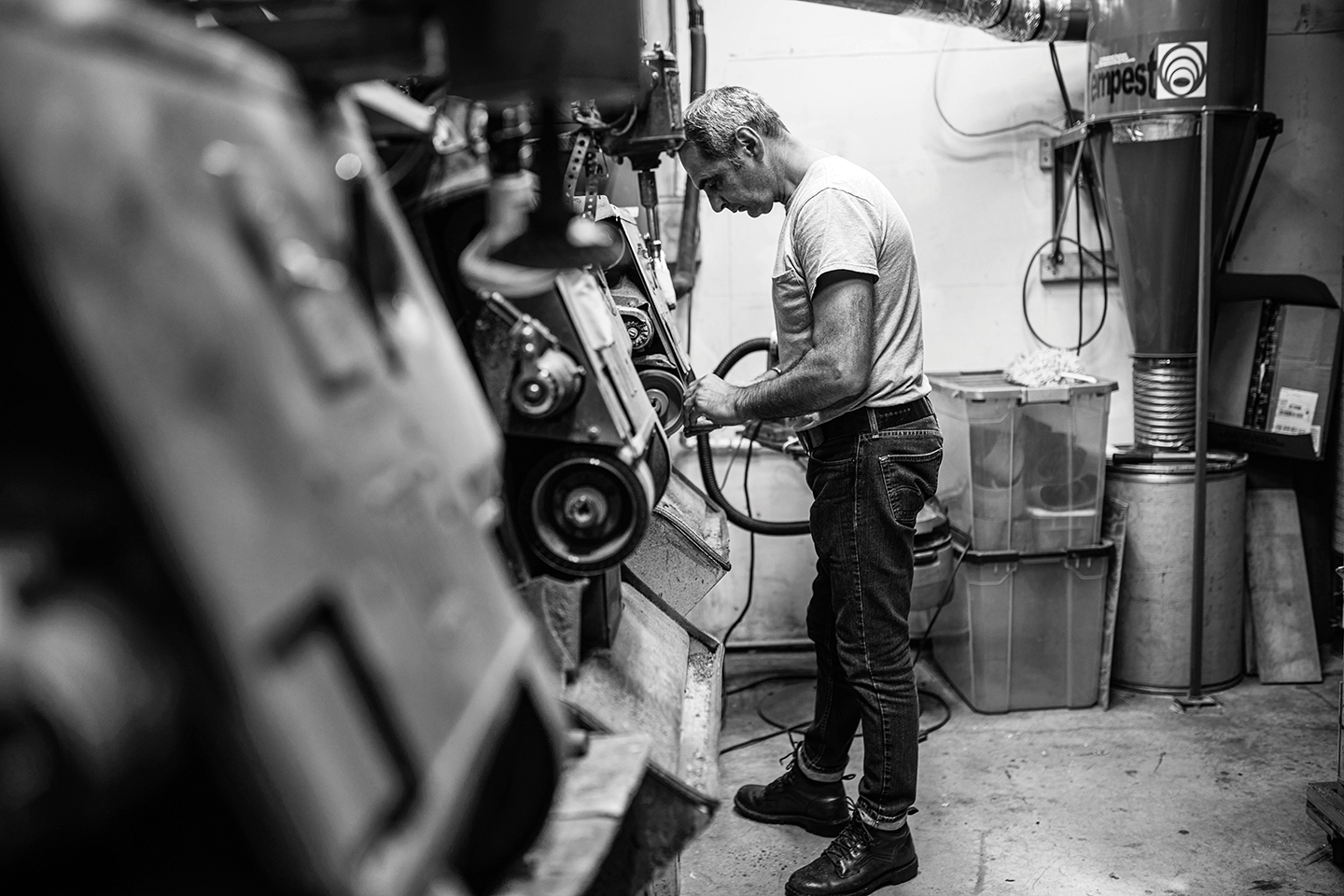
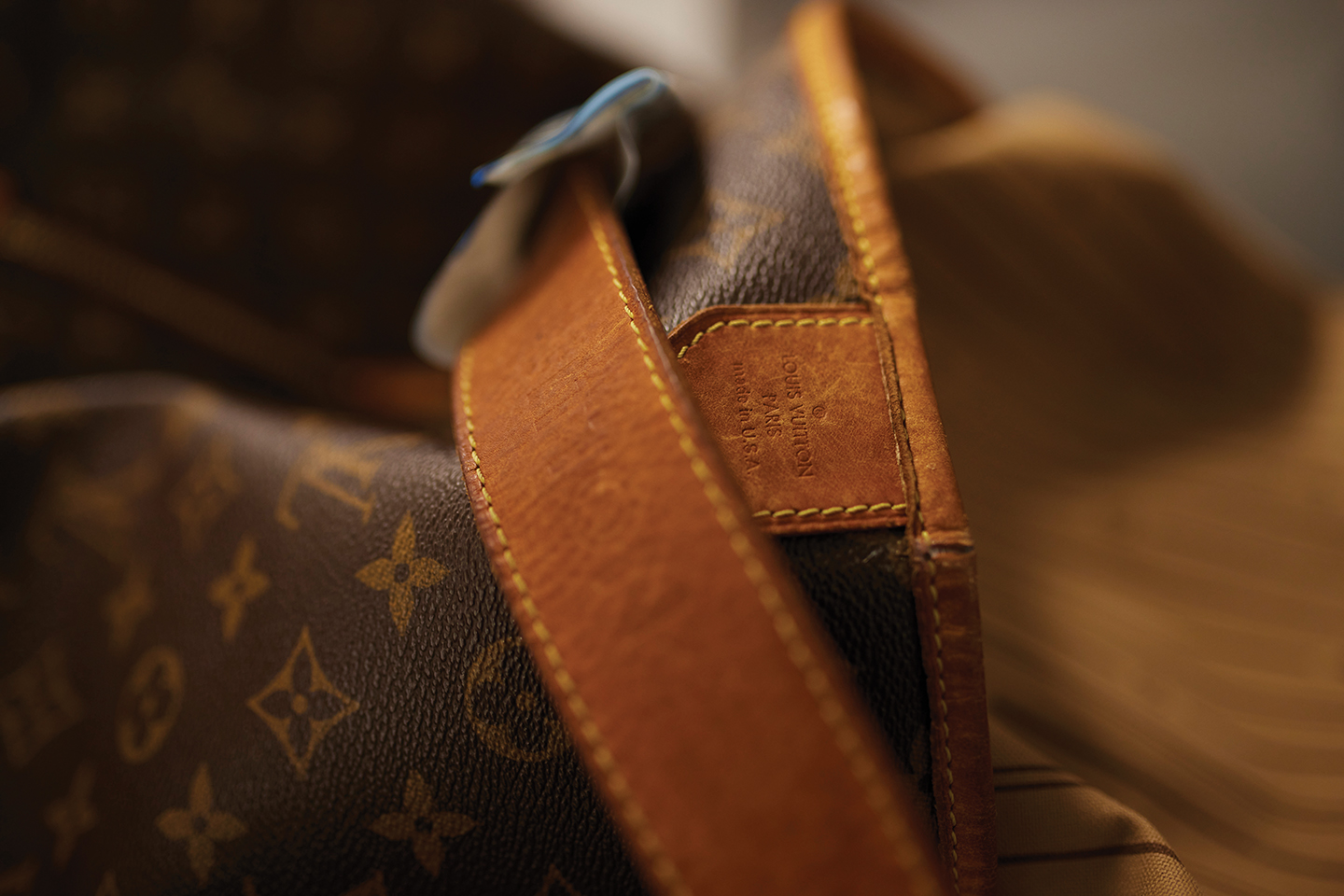

What appears to be a stacked wooden heel might, in fact, be a plastic core with a trompe l’oeil wrapper. A leather loafer might look high-end, but the edges are vinyl, which eventually peels away. “It’s deceiving because most people can’t tell,” Elena says. “It could be a great style, but the brand isn’t using the right quality anymore.” One change that’s easy to spot: Plastic caps on high heels, which Silvio’s will happily replace with sturdier rubber.
There are still some standouts: Chanel, Gucci, Yves Saint Laurent and Chloé all measure up to the family’s standards, which is saying a lot. Their best advice to customers who want their shoes to last is to treat them with a waterproofing spray, and if the soles are leather, bring them in to get an ultrathin layer of rubber to prevent immediate wear and tear. If your favorites are already looking a little worse for wear, Michael suggests bringing them in to be cleaned up—and don’t overlook the parts no one sees. “You’d be surprised how much nicer a shoe looks after we replace the insole,” he says. “If that looks gross, the whole shoe looks gross, even if you think no one can see it under your foot. It makes a difference.”

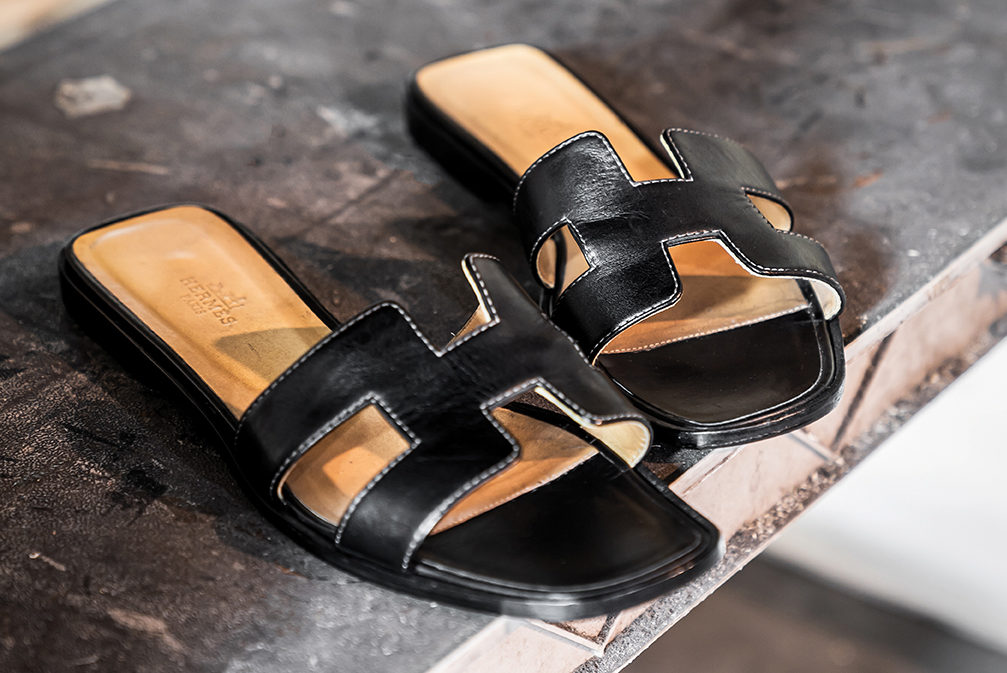
The real challenge Silvio, Michael, Elena and their team face has nothing to do with repairs—at least, not directly. They’re simply overwhelmed with orders, with new items piling up every day and a shrinking supply of skilled cobblers to hire. “It’s a very specialized business, and it isn’t something they’re teaching in trade schools,” Michael says. “Finding good help is really our biggest battle.”
Ironically, Silvio never intended for his children to inherit the business. “Dad always told us, ‘I never want you to do this job,’ and here we are,” Michael says with a laugh. The creative challenges keep them around, and there are moments where the job is unexpectedly rewarding. “We do luxury shoes, but what we really enjoy is the orthopedic work,” Michael says. Doctors send prescriptions for patients with disabilities or leg discrepancies, or customers will ask to add special foam soles to their shoes. “Today, a woman came in and said, ‘I wouldn’t be able to walk without you guys,’” he says. “Orthopedics have a special place in our business because we know we’re truly helping someone, not just doing cosmetic work.”

